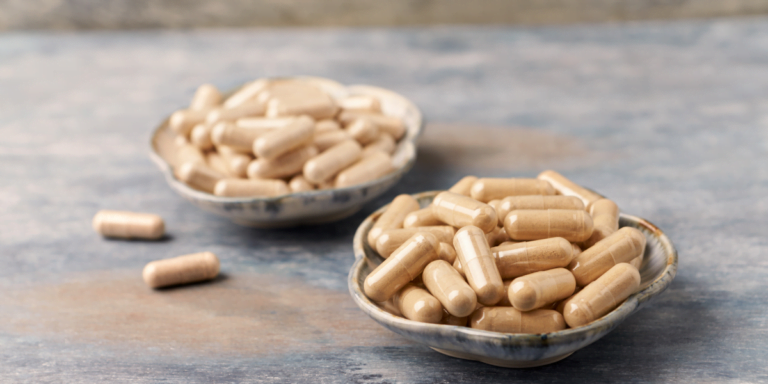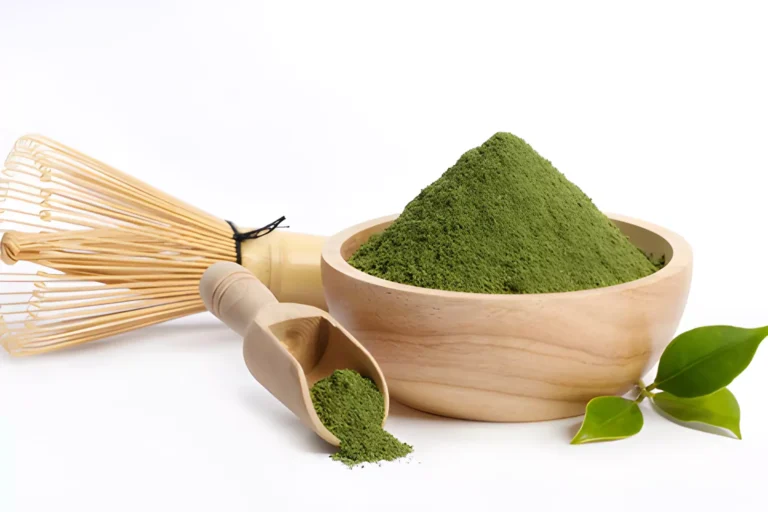Are Chia Seeds Really Gluten Free? Find Out Here
Chia seeds are one of the most popular superfoods in the world. They are tiny black seeds that come from the plant Salvia hispanica, which is native to Mexico and Guatemala. Chia seeds have many health benefits, such as being rich in protein, fiber, omega-3 fatty acids, antioxidants, calcium, iron, and more. They can also help with weight loss, blood sugar control, digestion, and inflammation. But if you have celiac disease or gluten sensitivity, are chia seeds gluten-free?
The answer is yes. Chia seeds are naturally gluten-free. They do not contain any wheat or wheat-related grains, which are the primary sources of gluten. Gluten is a protein that can cause digestive problems and immune reactions in some people who are sensitive to it.
However, just because chia seeds are naturally gluten-free does not mean that they are always safe for people with celiac disease or gluten sensitivity. There is a risk of cross-contamination with gluten during the processing, packaging, or storage of chia seeds. This means that some chia seeds may come into contact with gluten from other sources, such as wheat flour, barley, rye, oats, or other grains. Even a tiny amount of gluten can trigger a reaction in some people who are very sensitive to it.
Therefore, if you want to enjoy chia seeds without worrying about gluten, you need to look for certified gluten-free chia seeds.
How to Check Are Chia Seeds Gluten-Free?
According to the Food and Drug Administration (FDA), a food can be labeled as gluten-free if it meets one of the following criteria:
- It does not contain any ingredient that is any wheat, rye, barley, or crossbreeds of these grains.
- It does not contain any ingredient derived from these grains that has not been processed to remove gluten.
- It does not contain any ingredient derived from these grains that has been processed to remove gluten if it results in the food containing 20 or more parts per million (ppm) of gluten.
- It has less than 20 ppm of gluten from unavoidable cross-contamination.
The FDA set this limit of 20 ppm because it is the lowest level that can be consistently detected in foods using valid scientific methods. Also, most people with celiac disease can tolerate foods with minimal amounts of gluten without having adverse effects.
If your chia seeds meet all the above criteria, that means that the chia seeds have been tested and verified for gluten-free products. You can also check the product label for other allergens or ingredients that may contain gluten, such as maltodextrin, modified food starch, natural flavors, or seasonings.
How to Use Chia Seeds in a Gluten-Free Diet
There are many ways to use chia seeds in your gluten-free diet. You can add them to smoothies, oatmeal, yogurt, salads, soups, or baked goods. You can also make chia pudding by soaking chia seeds in milk or water overnight and adding your favorite toppings. Chia seeds can also act as a vegan egg substitute by mixing one tablespoon of chia seeds with three tablespoons of water and letting it sit for 15 minutes.
Here are some examples of how to use chia seeds and chia flour in gluten-free recipes:
1 Garnish Your Grains: Add fiber to your breakfast oatmeal by tossing in a couple of spoonfuls of chia seeds. If you add the seeds prior to cooking, they will soften and create a creamier porridge. If you prefer a little crunch, sprinkle the seeds on top of your cooked oats for a pleasing texture. The taste perfectly complements the addition of dried cranberries or apples.
2 Delicious Desserts: A delicious dessert can be made by combining one cup of coconut milk with three tablespoons of chia seeds and refrigerating overnight. By morning, the seeds will be mixed with the milk to create a creamy and delicious pudding. Garnish with coconut or fresh fruit. This low-calorie, high-fiber treat is the perfect after-dinner indulgence2.
3 Tantalizing Tacos: Add chia seeds to homemade guacamole or mix them with tofu and use them as the protein base in your tacos. You can easily make your homemade tortillas by incorporating chia seeds into the tortilla dough.
4 Superior Smoothies: Whatever your go-to recipe for a delicious smoothie, incorporating a tablespoon of chia seeds will add protein, fiber, Omega-3 fatty acids, and essential nutrients to your drink. It’s as simple as throwing a few seeds into the blender along with the rest of your ingredients.
Chia seeds are a great addition to your gluten-free diet because they provide many nutrients and benefits that can improve your health and well-being. However, it would be best if you buy certified gluten-free chia seeds to avoid any cross-contamination with gluten.




